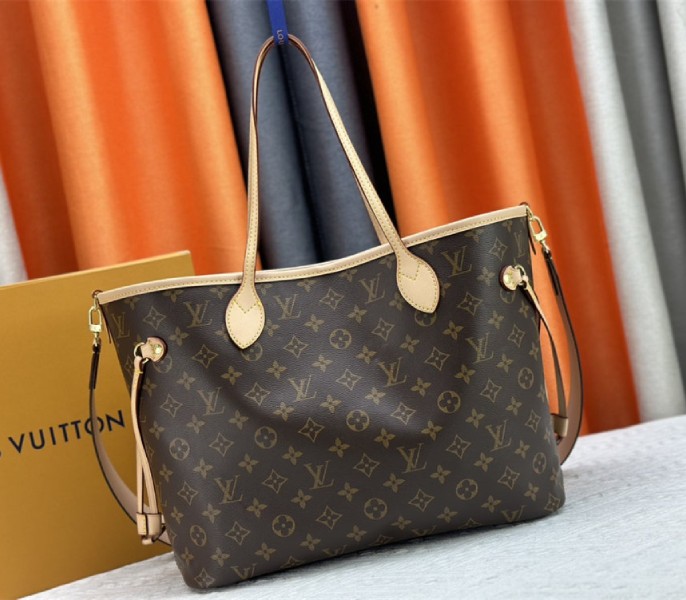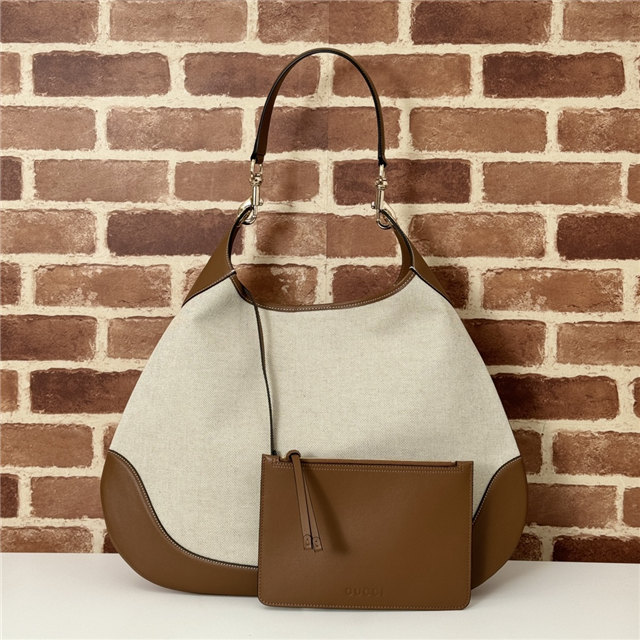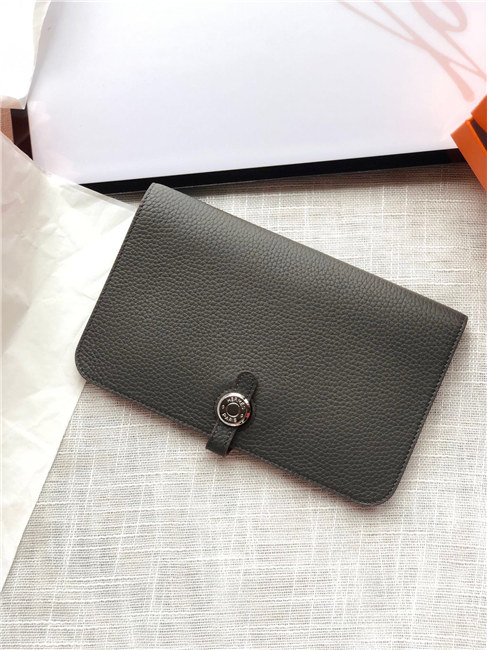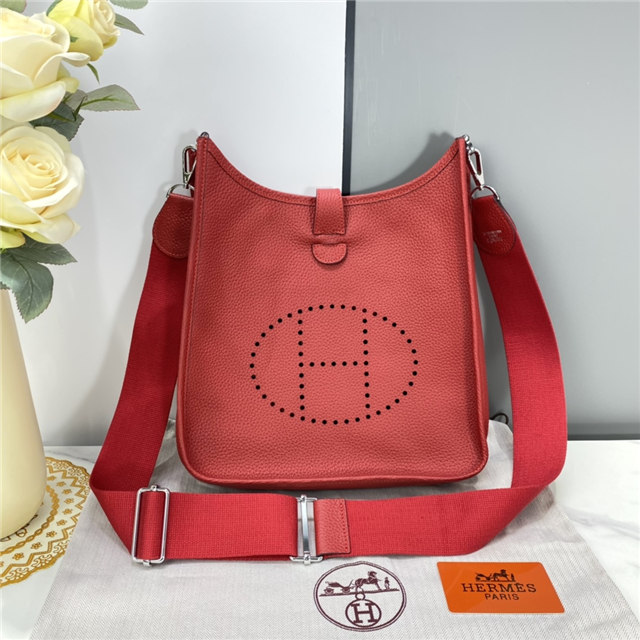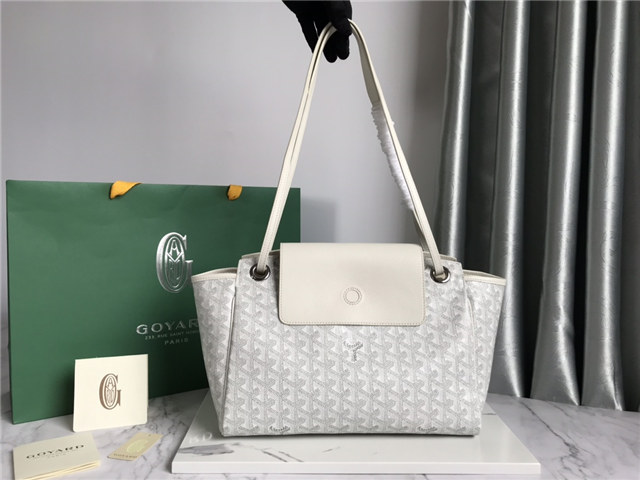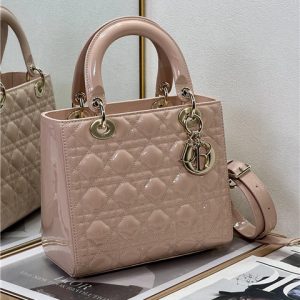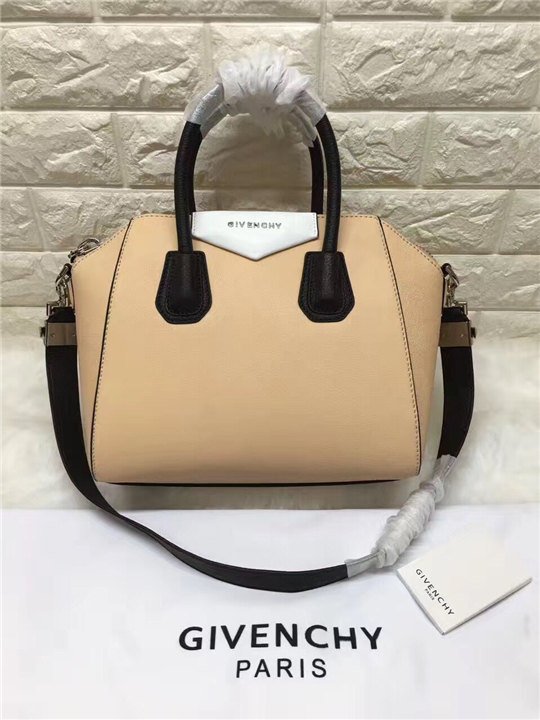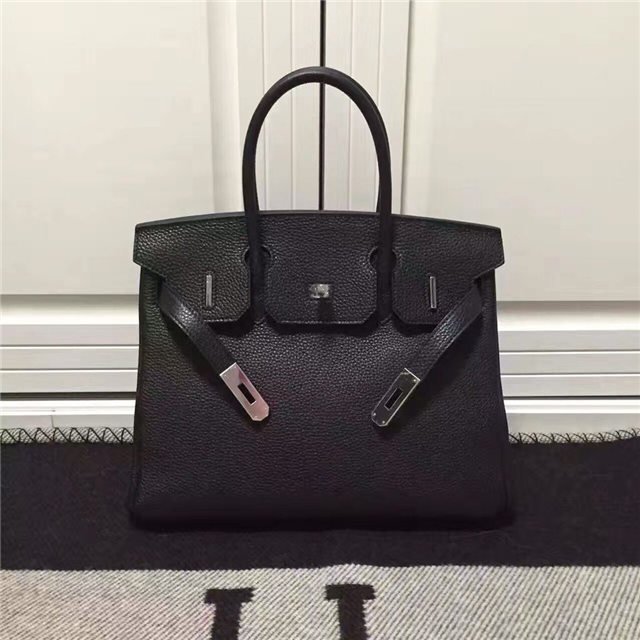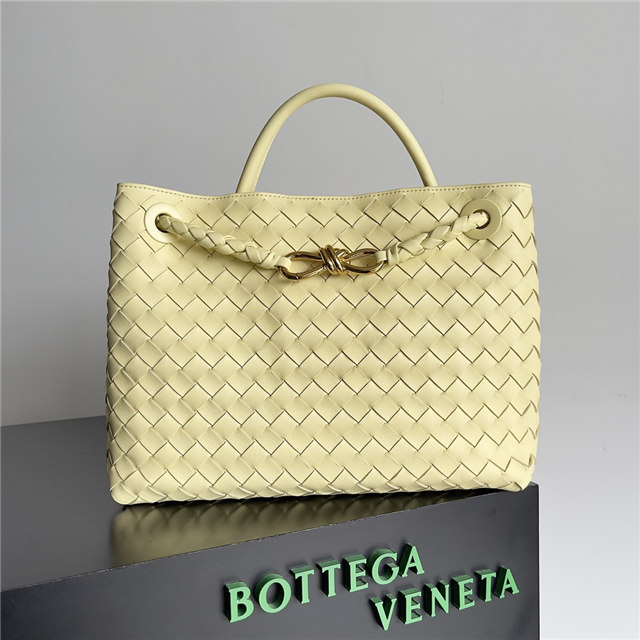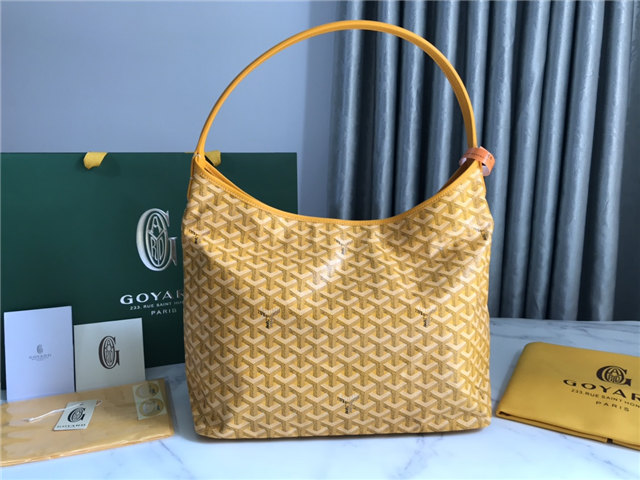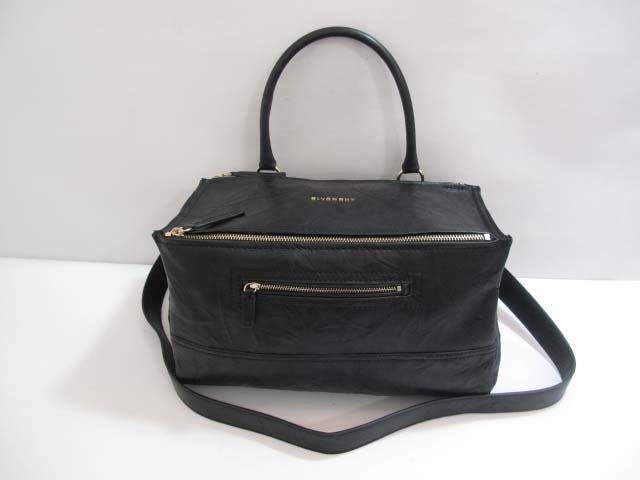First off, straight up, what *is* “overrun stock,” right? Basically, it’s supposed to be stuff that, like, the factory made *too much* of. Maybe Chanel ordered 10,000 scarves, but the factory accidentally cranked out 10,500. Or, you know, maybe there were slight imperfections, things Chanel wouldn’t sell in their boutiques but are still… well, *kinda* Chanel.
And that’s where things get murky. ‘Cause you see these scarves online, advertised as “overrun” or “factory seconds,” and you’re thinking, “Wow, a Chanel scarf for a fraction of the price! Sweet deal!” But, like, *really*? Is it legit?
You see these places like Farfetch and Vestiaire Collective, selling “pre-owned” and “used” Chanel scarves. Those are probably legit. They’re reselling the real deal. Poshmark too, you gotta be careful there, but you can find some gems. But when you see something advertised as “overrun stock” with a price that’s, like, *suspiciously* low… red flags should be waving, people!
I mean, think about it. Chanel ain’t exactly known for being sloppy, right? They’re meticulous. They wouldn’t just let hundreds of slightly-imperfect-but-still-Chanel-quality scarves flood the market and risk devaluing their brand, would they? Maybe a few slip through the cracks, sure. But a *constant* supply of “overrun stock”? Sounds fishy to me.
Then you get into the whole “replica” thing. I’m not saying *all* of these are fakes, but a lot probably are. And the fakes are getting *good*, y’all. It’s hard to tell the difference sometimes. They copy the patterns, the materials… some are even made in the same factories as the real thing, just using cheaper fabrics or cutting corners somewhere.
So, my advice? If you’re thinking about buying one of these “overrun” Chanel scarves, do your homework. Like, *serious* homework. Compare the patterns, the stitching, the labels, everything. Use a loupe if you gotta! See if you can find examples of authentic Chanel scarves online and compare them side-by-side.

